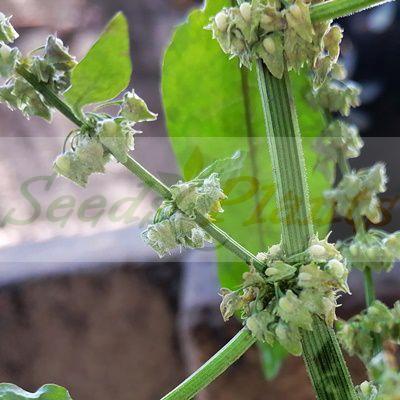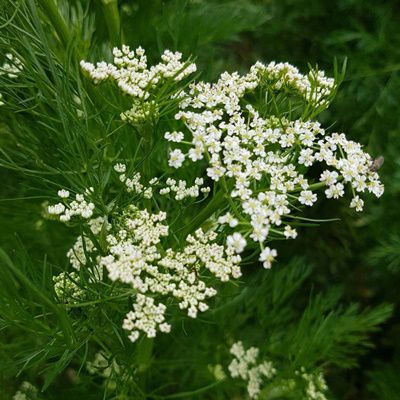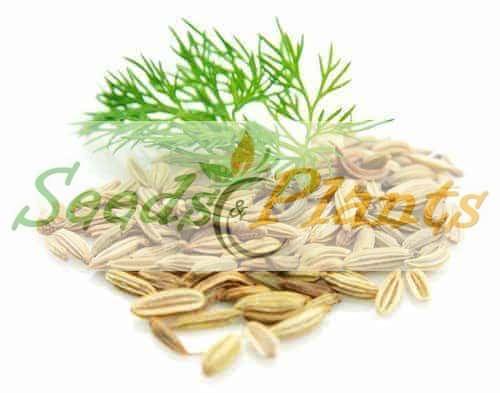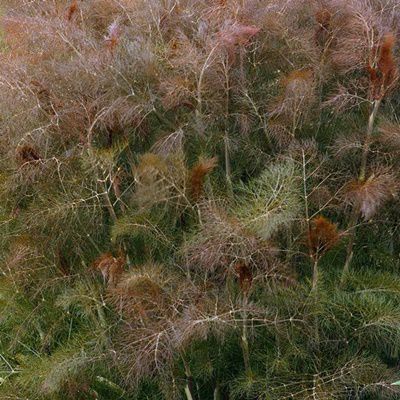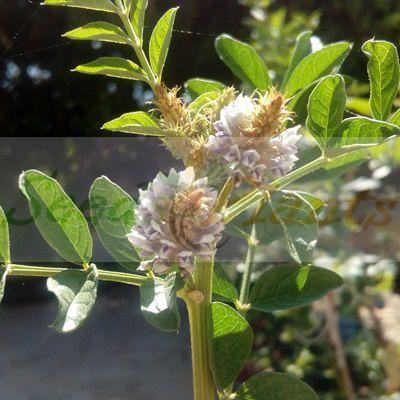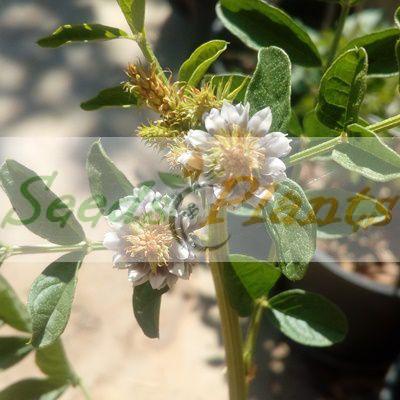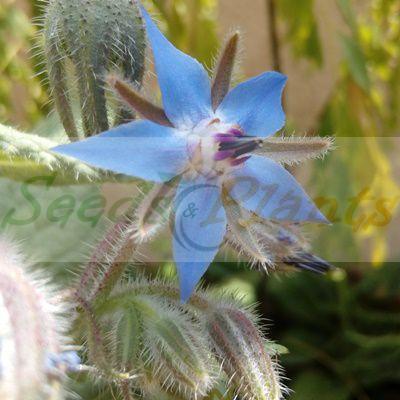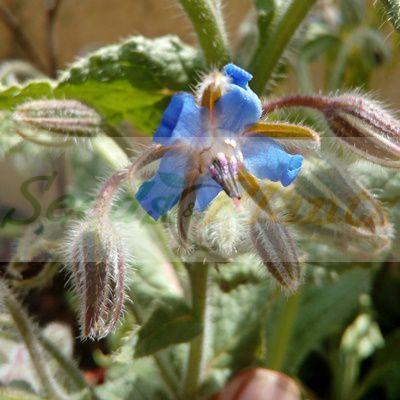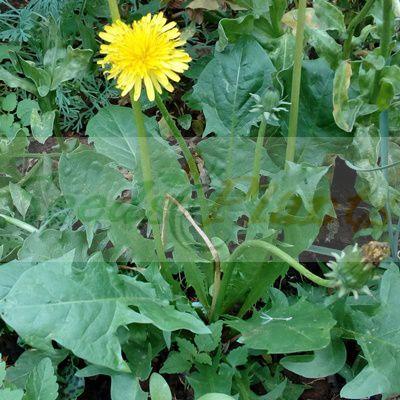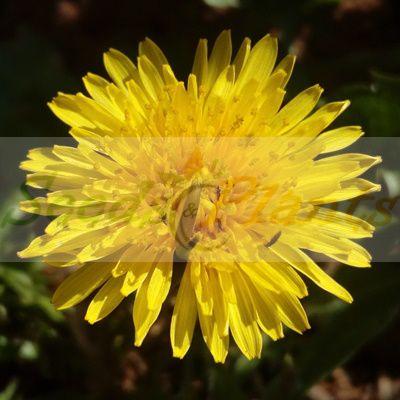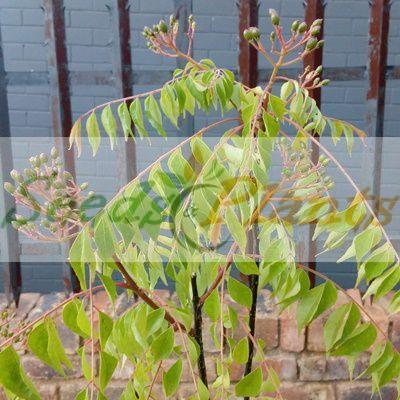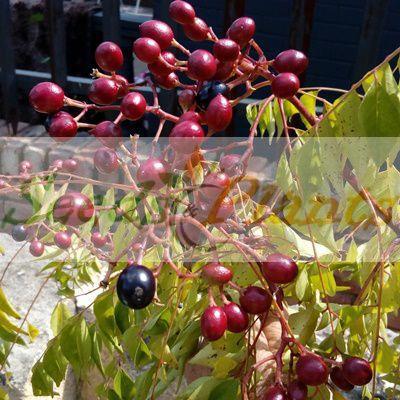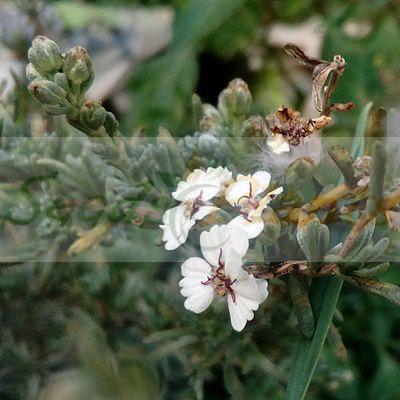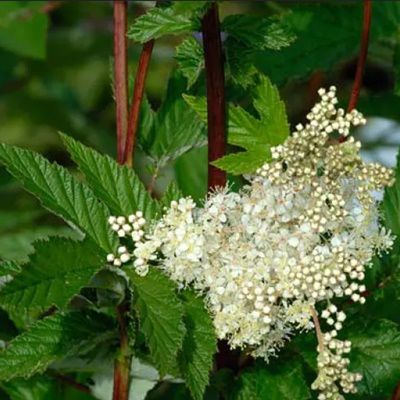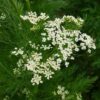🍃 Culinary Quick Facts
Culinary Info
- 🌍 Origin / Region: Europe, North Africa, Western Asia
- 🍽️ Culinary Use: Baking, Cooking, Flavoring, Salads, Savory dishes
- 😋 Flavor Profile: Licorice-like, Sweet
Medicinal Info
- 🌿 Medicinal Part: Seed
- 🍵 Herbal Preparation: Essential Oil, Infusion / Tea, Powder
- ⚕️ Healing System: American Traditional Medicine, Ayurvedic System of Medicine, Unani System of Medicine
Growth Traits
- 🌱 Life Cycle: Biennial
- 🦋 Pollinator Method: Attracts Bees, Attracts Butterflies, Attracts Hoverflies, Attracts Sawflies
- 🪴 Growth Habit: Bushy, Upright
- 🌸 Flower Color: White
Growing Requirements
- 🌞 Sun Exposure: Full Sun, Partial Shade
- 💧 Water Needs: Moderate Water, Water Deeply
- ☀️ Growing Conditions: Cold Tolerant, Frost Tolerant, Heat Tolerant, Moderately Drought Tolerant
- 🟤 Soil Preference: Fertile, Gravel, Loam, Loose, Rich Organic, Sandy, Well-Drained
Caraway – 200 Seeds
(Carum carvi)
R30.00
Caraway is primarily grown for seeds, but both the roots and leaves are edible.
Common Names: Meridian fennel and Persian cumin.
Indoor Sowing: Late Winter and Early Spring.
Direct Sowing: Spring and Autumn
Only 4 left in stock
🍃 Culinary Quick Facts
Culinary Info
- 🌍 Origin / Region: Europe, North Africa, Western Asia
- 🍽️ Culinary Use: Baking, Cooking, Flavoring, Salads, Savory dishes
- 😋 Flavor Profile: Licorice-like, Sweet
Medicinal Info
- 🌿 Medicinal Part: Seed
- 🍵 Herbal Preparation: Essential Oil, Infusion / Tea, Powder
- ⚕️ Healing System: American Traditional Medicine, Ayurvedic System of Medicine, Unani System of Medicine
Growth Traits
- 🌱 Life Cycle: Biennial
- 🦋 Pollinator Method: Attracts Bees, Attracts Butterflies, Attracts Hoverflies, Attracts Sawflies
- 🪴 Growth Habit: Bushy, Upright
- 🌸 Flower Color: White
Growing Requirements
- 🌞 Sun Exposure: Full Sun, Partial Shade
- 💧 Water Needs: Moderate Water, Water Deeply
- ☀️ Growing Conditions: Cold Tolerant, Frost Tolerant, Heat Tolerant, Moderately Drought Tolerant
- 🟤 Soil Preference: Fertile, Gravel, Loam, Loose, Rich Organic, Sandy, Well-Drained
Caraway (Carum carvi) is a hardy, biennial herb native to Europe and Western Asia. It is primarily grown for seeds, but both the roots and leaves are edible. It is a member of the umbelliferous, aromatic plants along with anise, cumin, dill, and fennel. Like these spices, caraway is naturally sweet with a licorice flavor. It is also known as Meridian fennel and Persian cumin.
Caraway Culinary Uses
All parts of the plant is edible. Add young leaves to fruit and green salads, cheeses, butter and also to soups and stews. Lightly toasted seeds can be used whole or ground to flavor bread, cakes, cookies, soups, sauces, stews, pork, beef, vegetables, cheeses, eggs, and apples. Use seeds to flavor pickles, cabbage, Brussels sprouts, cauliflower, and rye bread. The taproot which looks like a white carrot is edible. Roots are eaten as a winter vegetable much like parsnip—steamed or chopped into soups or stews.
Caraway Medicinal Benefits
Beneficial for digestive problems including heartburn, bloating, gas, loss of appetite, and mild spasms of the stomach and intestines. Caraway oil is also taken by mouth to help people cough up phlegm, improve control of urination, kill bacteria in the body, and relieve constipation.
Growing Caraway
Indoor Sowing: Late Winter and Early Spring.
Direct Sowing: Spring and Autumn
- Sow Seeds indoors 3 to 4 weeks before the average last frost.
- Press the seeds into the potting soil surface and cover lightly with vermiculite.
- Seeds will germinate in 4 to 14 days.
- You can also sow the seeds outdoors in spring or autumn.
- For an early start, sow caraway in spring as early as the soil can be worked, about the date of the average last frost.
- Sow seed shallowly.
- Seeds sown in spring will not produce flowers or seed until the second summer.
- You can also sow seed in autumn for germination the next spring.
- Very little cultivation is required in caraway growing, but adequate moisture is an important component in the first year. The foliage of caraway plants need to be kept dry during irrigation though.
- Cut the plant back in the autumn as it will die back and re-sprout in spring.
- The first season of growth, caraway plants form a rosette of leaves that look rather like carrots with a long taproot. They grow to around 20 cm in height.
- In the second season of growth, 2- to 3-foot tall stalks are topped by flat umbels of white or pink flowers which last until the end of summer.
- The spent flowers yield small hard brown crescent shaped seeds which is the caraway spice.
Can this plant be used for culinary purposes?
Caraway is traditionally used for culinary purposes such as baking and cooking.
Does this plant have medicinal uses?
Traditionally, Caraway has a history of use in various healing systems, including American Traditional Medicine and Ayurvedic System of Medicine. Seeds are sold for cultivation purposes only.
Disclaimer
Medicinal Information:
All medicinal information on this website is for educational and informational purposes only and may not be construed as medical advice. The information is not intended to replace medical advice or treatment offered by healthcare professionals.
Seeds, Plants, Plant Cuttings, Geophytes and Dried Herbs:
In some countries and provinces, certain plants are deemed as invasive and are not allowed to be planted at all, whilst some plants are allowed to be grown only in certain areas or provinces. The onus is on you as the buyer to familiarize yourself with the regulations pertaining to your location, before purchasing any of our seeds, plants, plant cuttings, geophytes or dried herbs. We will not be held liable, should you purchase any seeds, plants, plant cuttings, geophytes or dried herbs. from us which are prohibited in your country or province.

